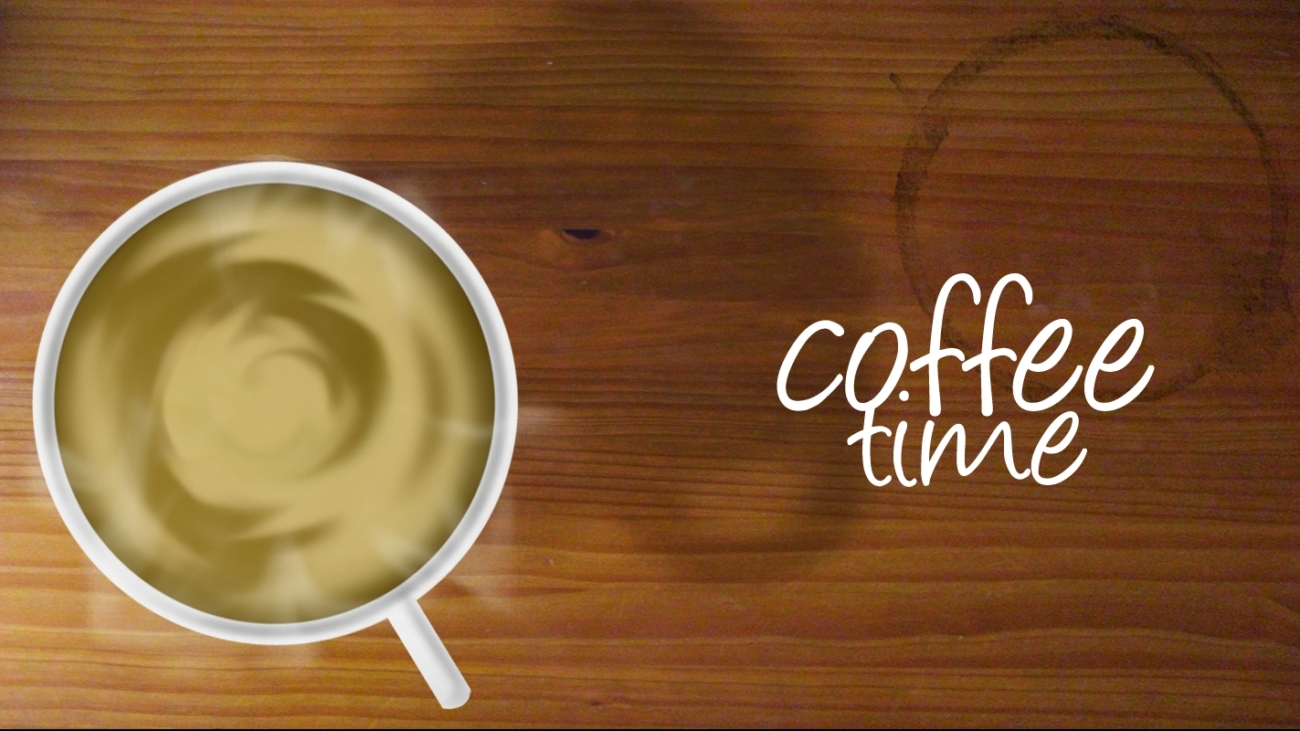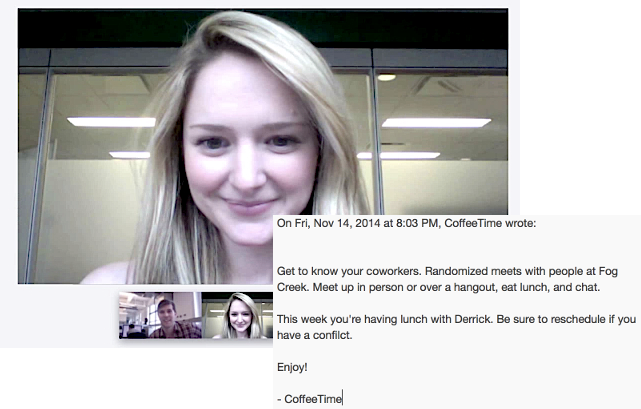Anyone that follows me on Twitter will have seen that this week has been rather dominated by a single topic, The Collaboration Diner, and was brought to you by the hashtag #cbdiner 😉
So I hear you cry, what is The Collaboration Diner?
Many of you, especially those in North America, will be aware of a rather famous 1942 painting by Edward Hopper known as ‘Nighthawks‘:

Painted soon after the attack at Pearl Harbour, the painting is thought to detail the alienation felt by those in a strange city, and the interaction, consolation and prospective relationships that could be found within the diners that were scattered on street corners throughout New York and other cities. Diner customers could ‘network’ with the few others in the physical location they inhabited.
In 2003, Wired magazine commissioned comic artist Josh Ellingson to bring the diner situation up to date in the face of the emergence of free wi-fi, ubiquitous mobile devices and laptops:

Once again, the diner or coffee shop had become the place where relaxation and re-connecting could be combined, but this time connections were as likely to be with those hundreds or thousands of miles away. In 2003, it was likely that this would have been via a relatively small group of friends or colleagues that the individual was in regular contact with.
Now bring the situation up to the modern day. Social and Mobile dominate. Almost every individual carries at least a mobile phone, most a smartphone and many more than one device. Multiple social networks are reachable from these devices, personal, professional and organisational sites provide a constant connection to friends, family, colleagues, customers and partners. Business is as likely to be carried out in a diner in a strange city as at one’s own desk.
However, the diner is still a useful metaphor for the meeting place, for the clash of cultures, the possibility of accidents and incidents leading to passionate discourse and idea-sparking conversations.
Thus we have seen the birth of The Collaboration Diner brought to you by Collaboration Matters, with its first outing at the UC Expo show in London this past week.
Look out for future posts detailing what was involved, why it was such an innovative concept, and what discussions took place there. One thing’s for sure, tech trade shows have never seen anything like it!






 He goes on to discuss why Microsoft’s recent reaction to the threat of iOS is more constructive than Google’s.
He goes on to discuss why Microsoft’s recent reaction to the threat of iOS is more constructive than Google’s.